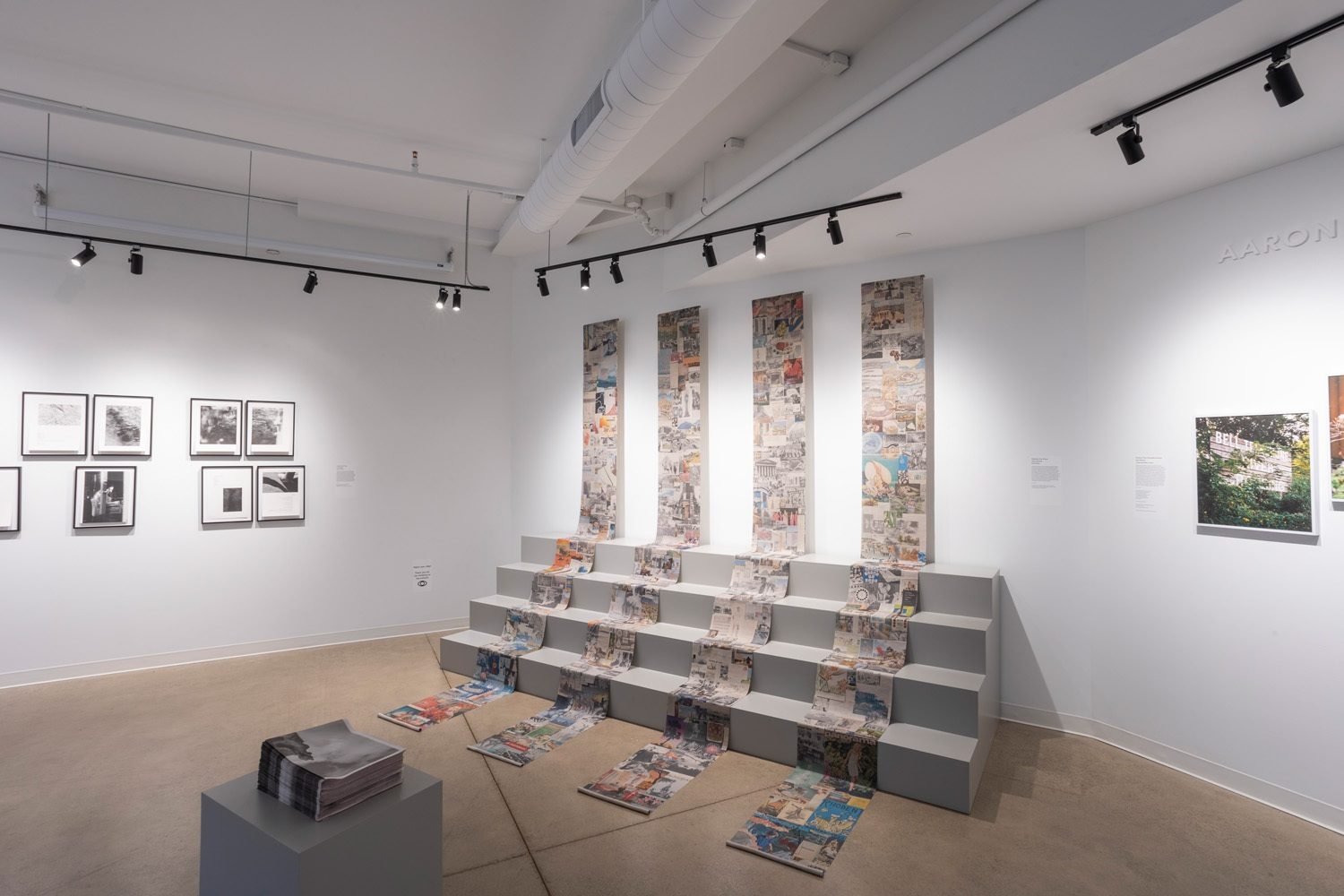For part two of our dialogue with Helen Trompeteler we ask: How does curating photography compare to other forms of visual art?
“Photography is a medium with unique material and theoretical histories. Since its invention, people have used photography to inspire, record beauty, and foster understanding of themselves or the world around them. Yet since its beginnings, photography has also caused harm as a vehicle for othering, racism, and colonial and capitalist ambitions. Recorded photographic histories have systematically prioritized Western-centric narratives. Therefore when curating photography, one must be constantly mindful of these specific histories and prejudices and how they are lived out today in contemporary society and visual culture.
Installation view of Fellowship 22 with Good Hope by Carla Liesching, 5 May - 6 August 2022, Silver Eye Center for Photography. Photograph by Sean Carroll
While recognizing these individual contexts, photography belongs to many different disciplines and is not an isolated art form. I see photography's relationship to other visual art forms holistically. Curating contemporary photography involves considering image-making in a highly expanded field. This framework encompasses many art forms, including collage, sculpture, video, installation, and performance. For example, in Fellowship 22, Carla Liesching's sculptural site-specific installation Good Hope and Steph Foster's multimedia practice exemplify such interdisciplinary forms of contemporary photographic practice.”

